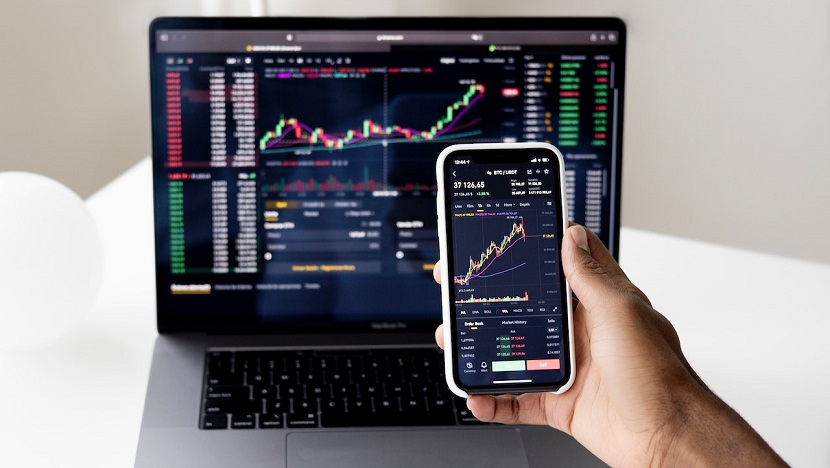The anticipated Santa rally did not take place, bringing the year to a disappointing finish. Growth stocks are under pressure due to fears of a New Year’s recession, which is adding to the gloomy atmosphere. In preparation for the New Year, let’s take a look at 2022 year in review.
First quarter of 2022 year in review: return of volatility
January
While the pandemic’s oscillations were followed by a period of quiet in 2021, this year began with a new round of market instability. The S&P 500 experienced its lowest month since the pandemic’s beginning in 2020. After reaching a record high in the first week of January, the Dow lost 3.2% for the month. The majority of the decline was borne by tech stocks.
Midway through the month, Microsoft shocked the market by announcing a $68.7 billion acquisition of Activision Blizzard, which would increase its selection of video games. The decision caused controversy because Warren Buffett’s Berkshire Hathaway disclosed that it had purchased Activision Blizzard stock during the quarter as part of a merger arbitrage strategy. In the end, the transaction would be stopped on the grounds of competition by the Federal Trade Commission. Expectations began to grow as the month progressed that the Federal Reserve would quicken the pace of its tightening for the year after experts first predicted three rate hikes and then increased their prediction to five. Even the Fed forecast three rate increases for 2022. The Fed began indicating at the end of the month that it would begin raising rates at its meeting in March.
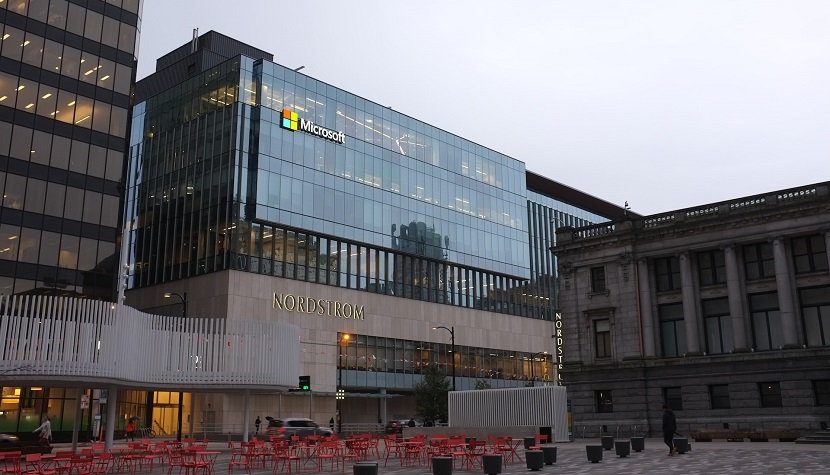
February
Under pressure from inflation worries and predictions of a Fed rate hike, stocks persisted. The S&P dropped 3% in February, bringing its year-to-date losses to 8%, and into correction zone for the first time since the pandemic’s beginning. The Nasdaq declined roughly the same amount as the Dow, which lost 3.3% for the month. The tech-heavy Nasdaq was down 12% on the year by the end of the month. Inflation was the initial reason. On an annualized basis, headline inflation in January was the highest since the middle of 1982.
For the first two months of 2022, the energy sector had been the strongest in the stock market. However, late in February, Russia began its invasion of the nearby Ukraine, sparking a spike in the price of food staples like grain and oil that would last for several years. The battle increased inflationary concerns and added volatility to the financial markets, causing the CBOE VIX Volatility Gauge, often regarded as Wall Street’s “fear index,” to increase by another 21% after soaring by 44% in January.
March
The S&P recovered 3.7% in March, while the Dow increased by 2.5% and the Nasdaq increased by 3.5%. Even yet, the quarter’s damage was already done as the S&P, Dow, and Nasdaq all finished lower than 4% and 9%, respectively. This made it the weakest quarter since the first quarter of 2020.
The Biden administration was under pressure due to the ongoing Russian invasion of Ukraine and inflation worries when the White House announced a plan to release one million barrels of oil per day for the next six months from the Strategic Petroleum Reserve, the largest such release in American history. Although both gasoline prices and pressure on oil supply were intended to be reduced, they would both climb over the summer.
As part of its campaign against spiraling inflation, the Fed raised rates for the first time in more than three years during the aforementioned month and quarter. The Federal Reserve hiked rates by a quarter point as predicted after the benchmark rate remained almost zero throughout the government’s significant stimulus program during the pandemic. The rate increase would be the first of many for the year.
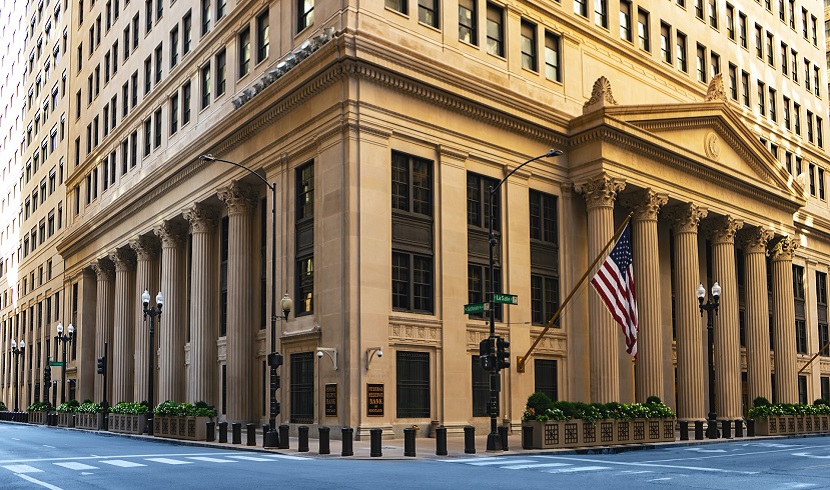
Second quarter of 2022 year in review: a brutal selloff
April
The 2022 year in review goes on with investors’ attention focused on inflation and the Fed’s policy reaction. Moreover, U.S. equity markets experienced a steep decline. Due to rising fuel prices, annual inflation reached 8.5%, its highest level since December 1981. This led the Fed to announce that a 50-basis-point increase would take place in May. Although there was broad weakness, the growth-oriented Nasdaq took a severe blow. The star performer was Netflix, which had a significant dip after announcing a net loss of members in the first quarter of the year, the first quarterly decline in users since 2007. Millionaire Elon Musk agreed to pay $44 billion to acquire social media behemoth Twitter, but it would take months for the deal to materialize.
As markets braced for large interest rate increases, U.S. Treasury yields increased, pushing the 20-year rate above 3% for the first time since March 2019, despite statistics showing the U.S. economy shrank in the first quarter for the first time since the second quarter of 2020. After IEA member nations agreed to use their emergency reserves, crude oil prices began to dwindle below $100 per barrel.
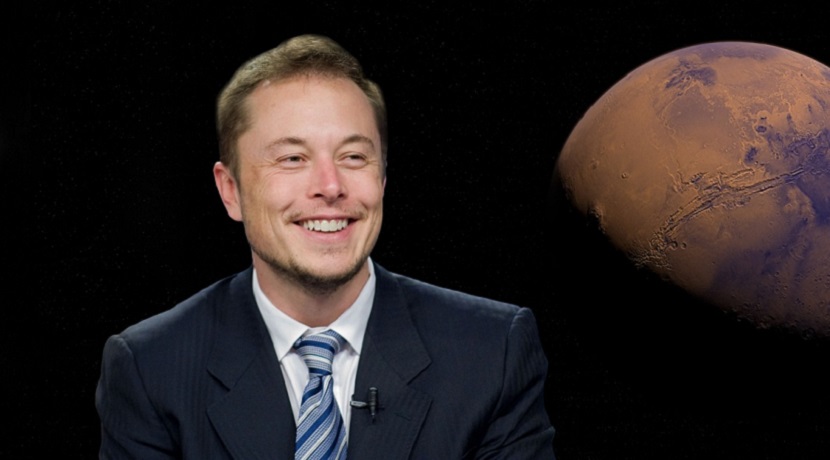
May
The stock market continued to decline over the first three weeks of the month, with the S&P 500 entering a bear market before recovering and finishing the month with little change. The risk-off thesis persisted, with worries about inflation, monetary tightening, COVID, and the escalating conflict in Ukraine. The Fed maintained its word and raised interest rates by 50 basis points, the most since 2000, while also indicating that there might be additional increases. When a sharp spike in yields over the past few months, U.S. fixed income markets regained support, but yields in Europe increased after the euro zone’s inflation rate reached a record 8.1%. After the EU proposed barring all crude imports from Russia by the end of the year as retaliation for Moscow’s aggressiveness in Ukraine, oil prices increased, with WTI reaching $115 per barrel.
June
As central banks worldwide took action to fight excessive inflation, tightening monetary policy emerged as the month’s resounding theme. After inflation reached a 40-year high, the Fed raised interest rates by 75 basis points, the greatest rise in 28 years, and indicated additional rate increases would follow. Central banks in Canada, Australia, Norway, and Sweden also increased interest rates. The Bank of England increased interest rates by 25 basis points, the Swiss National Bank increased rates for the first time in 15 years, and the ECB stopped its quantitative stimulus program while signaling that interest rates will increase in July. The Bank of Japan stands out as the remarkable exception, which decided to maintain its extremely supportive monetary policy, causing the yen to drop to its lowest level since 1998.
The bulk of global sovereign yields rose as it became clearer that rate hikes would need to be swift owing to the inflation danger. Equities fell, pushing the S&P 500 further into a bear market. Gas prices in Europe rose sharply on the commodity markets after Germany’s Nord Stream 1 gas supply was cut off by Russia’s Gazprom, posing a threat of energy shortages and potential blackouts.
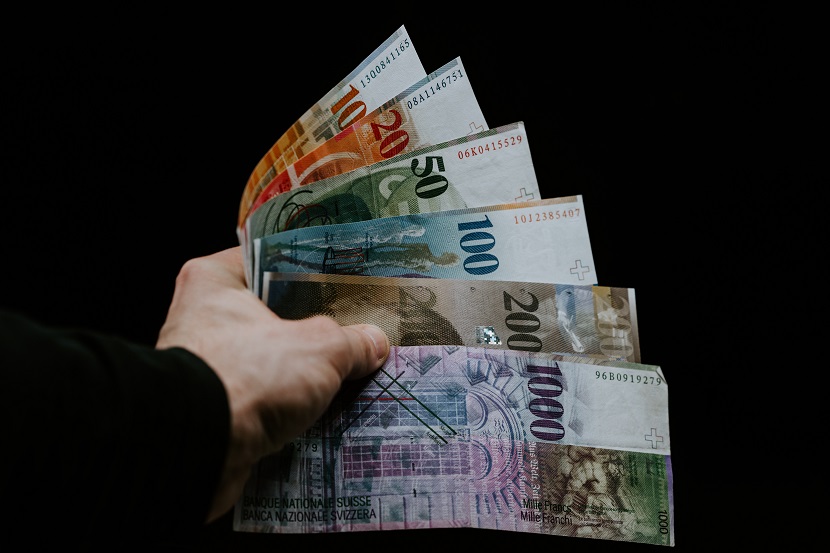
The third quarter of 2022 year in review: A downturn? Who is talking about recession?
July
The second quarter saw a 0.9% decline in the U.S. gross domestic product, putting the top economy in the world in a so-called “technical recession” in the review of 2022.The National Bureau of Economic Research, the organization in charge of formally declaring a downturn, refrained from adopting that terminology. Increased global inflation fueled central banks’ efforts to limit price growth. However, due to some of the major factors that contributed to the most recent spike in inflation, including supply chain bottlenecks and rising energy prices, discussion raged over how much effect these policymakers could eventually have.
For the second consecutive month, the Fed increased interest rates by a record-breaking 75 basis points, although chair Jerome Powell hinted that future rate hikes could need to be more gradual. That (partial) easing didn’t materialize until December, though. Similar problems faced the ECB on the other side of the Atlantic, notably with regard to the Eurozone’s largest economy, Germany, and the effects of the impending energy crisis. In response, the ECB increased borrowing costs, putting an end to a nine-year experiment with zero official interest rates. For the first time in nearly two decades, the euro fell below parity with a swiftly gaining U.S. dollar in other currency markets due to concerns that Europe started heading towards a severe recession.
The often volatile cryptocurrency market, which saw some sector firms routed by anxious investors trying to make withdrawals, was put under further pressure by the tightening monetary policy conditions. On the other hand, Bitcoin nevertheless managed to increase back above $22,000 in anticipation of the Fed backing off of its aggressive rate hikes.
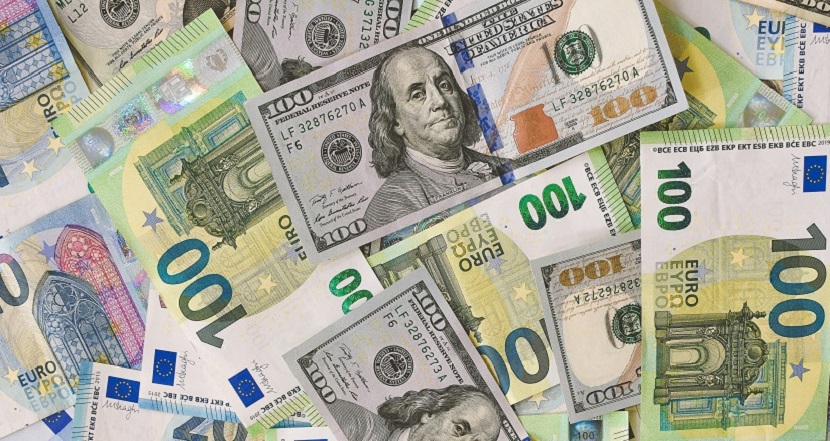
August
Investors had high hopes that the Fed will delay the rate hikes going into August. Major indices rose in the first half of the month in large part as a result of such attitude. In a significant address delivered in Jackson Hole, Powell stated that the tightening of policy will continue for “some time” and undoubtedly cause “some pain” for individuals and businesses. Stocks fell, with both U.S. and Eurozone shares declining in August. They had already started to decline from a peak in the middle of the month. Tech companies, who benefited greatly from the period of almost no borrowing rates, were particularly heavily hit. Major businesses like Google parent Alphabet, Microsoft, Amazon, and Tesla all had declines of more than 6%.
In other places, the conflict in Ukraine caused European gas prices to reach an all-time high as concerns about diminishing Russian supply grew. However, the effects of the impending energy crisis were obvious: Inflation in the euro zone increased to a new record high of 9.1%. The ECB’s policymakers repeated Powell’s remarks in Jackson Hole, suggesting that a higher increase in interest rates in September would be necessary to combat inflation, even if doing so resulted in a wider economic slump.
September
Due to skyrocketing inflation, central banks around the world were expected to raise interest rates to unseen levels. As a result, Wall Street experienced its worst month since the early days of the pandemic. For the third consecutive meeting, the Fed increased borrowing prices by 75 basis points and signaled that they would likely stay higher for longer. Additionally, the ECB increased interest rates by 75 basis points, making its benchmark deposit rate the highest it has been since 2011.
In September, the Eurozone’s inflation rate reached a new high of 10%, refusing to let up. Bond yields reached highs that had not been seen in a decade, driven by the heightened inflationary environment. While Germany’s 10-year note, a crucial benchmark for European debt, surpassed 3.1% for the first time since 2012, the U.S. 10-year rose to a little under 4% from 3.1% at the beginning of the month.
Liz Truss was chosen to be the new prime minister of the United Kingdom outside the Eurozone. Her government unveiled so-called “mini-budget,” which featured a package of energy subsidies and unfunded tax cuts. This caused a decline in U.K. sovereign bonds and a drop in sterling’s value relative to the dollar to its lowest level since 1985. Days later, the Bank of England was compelled to step in to prevent this rapid loss from harming severely exposed pension funds and having an effect on the nation’s larger financial system.
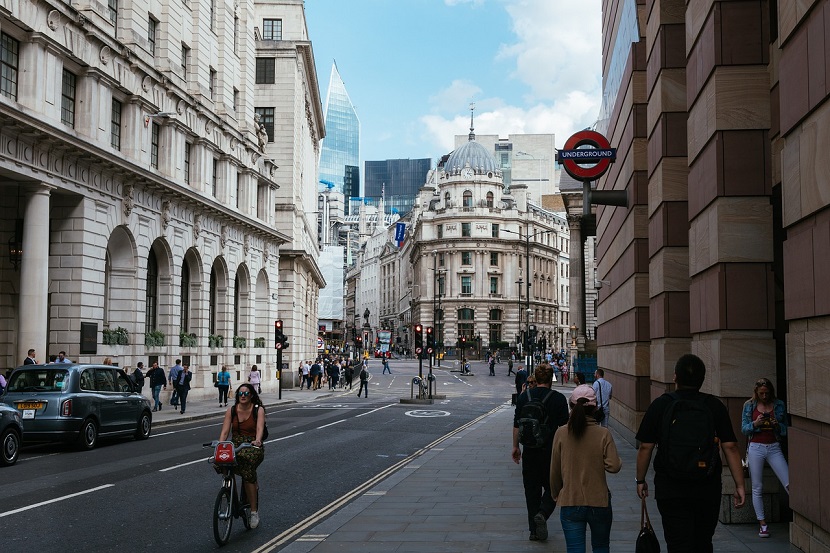
Fourth quarter of 2022 year in review: Let’s take on the Fed
October
In the fourth quarter of the 2022 year in review, stocks started to recover, as the Dow registered its biggest monthly rise since 1976. However, it seemed a smart idea to start by opposing the Fed or calling the Fed’s bluff regarding its aggressive plan. Betting against the Fed received some assistance from a few Fed members who expressed their opinions on the danger of overtightening. Treasury yields decreased as the case for a Fed halt or pivot became more persuasive. Stocks gained stability.
Fears were running high that corporate America’s performance would demonstrate how margins were being squeezed by soaring inflation, a stronger dollar, and rate hikes. It then squeezed. The squeeze was especially noticeable in big tech. The majority of FANG stocks reported quarterly results that were below Wall Street expectations. However, Apple saved the day by releasing a massive quarterly report that revived investor confidence in big tech.
November
Following a positive October, equities continued to gain favor with investors in November, with back-to-back monthly advances for the first time since 2021. Powell slammed investor expectations for a Fed pause as the Fed announced another big rate boost of 0.75% and warned that it was way too early for the central bank to consider halting. Since the American midterm elections were approaching, there wasn’t much time to consider Powell’s harsh rhetoric. The political stalemate was advantageous for Wall Street.
As political anxieties subsided, inflation slowed down as well, bolstering belief that price pressures had peaked. Powell gave a speech on the last day of November that anticipated a slower rate of rate increases but also stressing that the task of bringing down inflation was far from complete. But markets weren’t eager to support Powell’s policy of higher rates for a longer period of time. Investors started to hedge against bets on a rate decrease in the second half of 2023, preferring to concentrate on predictions for upcoming smaller hikes. Stocks and other risky assets prospered in this atmosphere, which proved to be favorable.
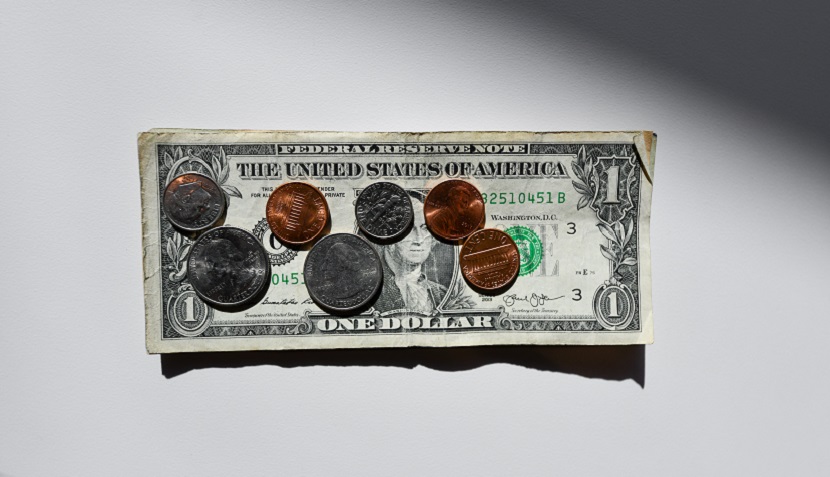
The cryptoworld in the review of 2022
However, the situation with cryptocurrency was quite different. Fear was spreading. One of the biggest cryptocurrency exchanges, FTX, was confronted with solvency issues. Sam Bankman- Fried, the CEO of FTX and also known as SBF in the crypto community, made an effort to reassure users. Competitor cryptocurrency exchange Binance quickly stated it will sell its holdings of FTX’s native token FTT because it wasn’t waiting around for an explanation. As customers frantically tried to remove money off the platform, selling pressure on FTT increased. The once-valued $32 billion cryptocurrency exchange had to declare for bankruptcy as FTX desperately tried to secure emergency finance to close a $8 billion deficit. Investigations into FTX’s abrupt collapse continued, and the results shocked the cryptocurrency community.
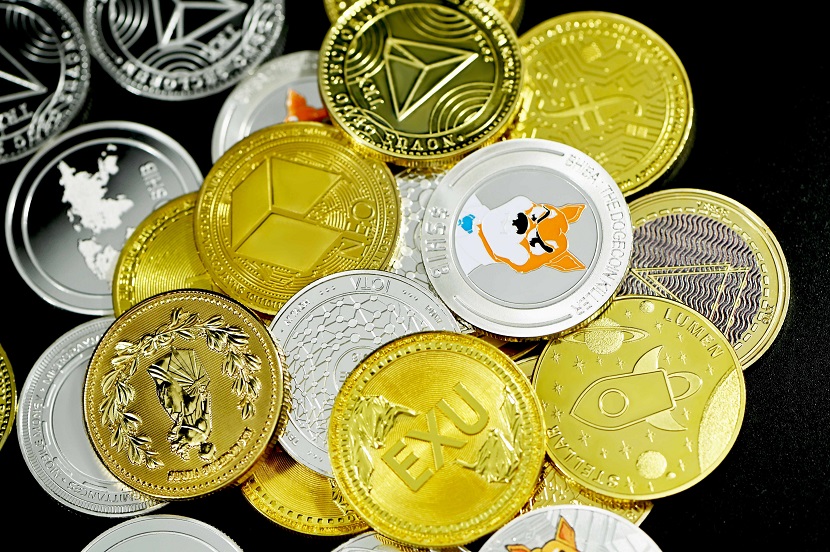
December
The economy came into sharp focus in the last month of 2022 year in review as a scorching jobs report indicated underlying strength. But it was getting harder to ignore the warning signs that the bond market was still sending out. As concerns about a potential recession grow, the 2-10 Treasury yield curve had its worst inversion in about four decades. Investors anticipated that the Fed will reaffirm market forecasts for rates to peak sooner rather than later with a decrease to follow next year as it confronted the mounting possibility of a recession and additional signs of lowering inflation.
With its final rate hike of the year, the Fed hit those expectations with a sledgehammer, predicting rates would eventually peak at a higher-than-expected 5.1%. Powell reaffirmed that fighting inflation remained the top goal and that a higher rate regime lasting longer was the new normal. Risky assets lost popularity in the days that followed as Treasury yields rose again.
Investors still seem prepared to battle the Fed as 2022 comes to a conclusion, hoping the American central bank would capitulate when a hard landing comes calling.
